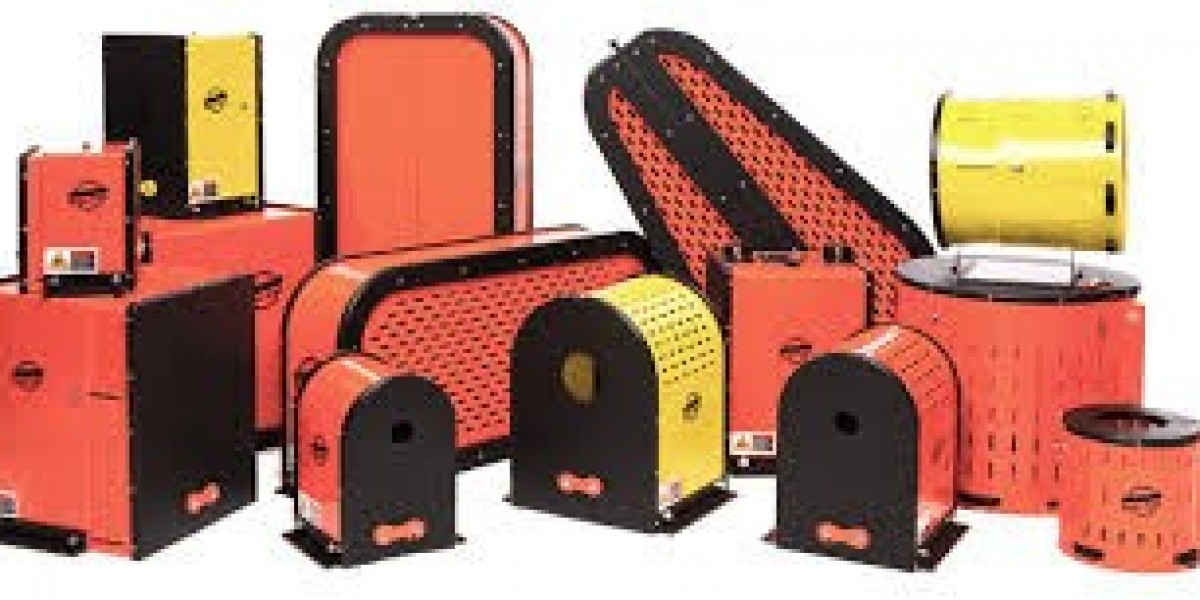The Importance of Machine Guards
Before delving into the details, let's understand why machine guards are essential:
Worker Safety: Machine guards are designed to prevent accidental contact with moving parts, reducing the risk of injuries such as amputations, crush injuries, and lacerations.
Equipment Protection: These guards also shield machinery from external factors like debris, dust, and moisture, prolonging the lifespan and efficiency of the equipment.
Types of Machine Guards
There are several types of machine guards, each tailored to specific requirements:
Fixed Guards: These guards are permanently attached to the machine, providing a constant physical barrier to prevent access to hazardous areas.
Interlocked Guards: Interlocked guards are equipped with sensors that disable the machine when the guard is opened or tampered with, ensuring safety during maintenance or adjustments.
Adjustable Guards: Adjustable guards can be moved or repositioned to accommodate different machine setups while still providing protection.
Self-Adjusting Guards: These guards automatically adjust to the machine's movements, maintaining protection as the equipment operates.
Applications of Machine Guards
Machine guards find applications in various industries and settings:
Manufacturing: In manufacturing plants, machine guards are used to protect workers from conveyor belts, press machines, and other equipment with moving parts.
Construction: Heavy machinery such as bulldozers and excavators often incorporate guards to protect operators and nearby workers from accidental contact with moving components.
Food Processing: In food production facilities, machine guards are essential to prevent contamination and protect workers from equipment used in food processing.
Woodworking: Table saws, routers, and planers are equipped with guards to prevent injuries during woodworking operations.
Advantages of Machine Guards
Injury Prevention: The primary advantage of machine guards is their role in preventing injuries to workers by providing a physical barrier against hazardous areas.
Equipment Protection: Machine guards also shield equipment from damage due to external factors, reducing downtime and maintenance costs.
Regulatory Compliance: Compliance with safety regulations and standards is easier to achieve when machine guards are in place, reducing the risk of fines and penalties.
Peace of Mind: Employers and workers can have peace of mind knowing that safety measures are in place, fostering a safer work environment.
Maintenance and Inspection
To ensure the effectiveness of machine guards, regular maintenance and inspection are essential:
Inspect guards for damage, wear, or tampering, and address any issues promptly.
Train workers to report any problems with guards or machinery.
Conclusion
Machine guards are an indispensable part of workplace safety, providing protection for both employees and valuable equipment. Their versatility, ranging from fixed guards to interlocked and adjustable options, makes them suitable for a wide range of industries and applications. As we prioritize safety in the workplace, machine guards continue to play a pivotal role in safeguarding lives and assets, ensuring that workers can perform their tasks with confidence and security








